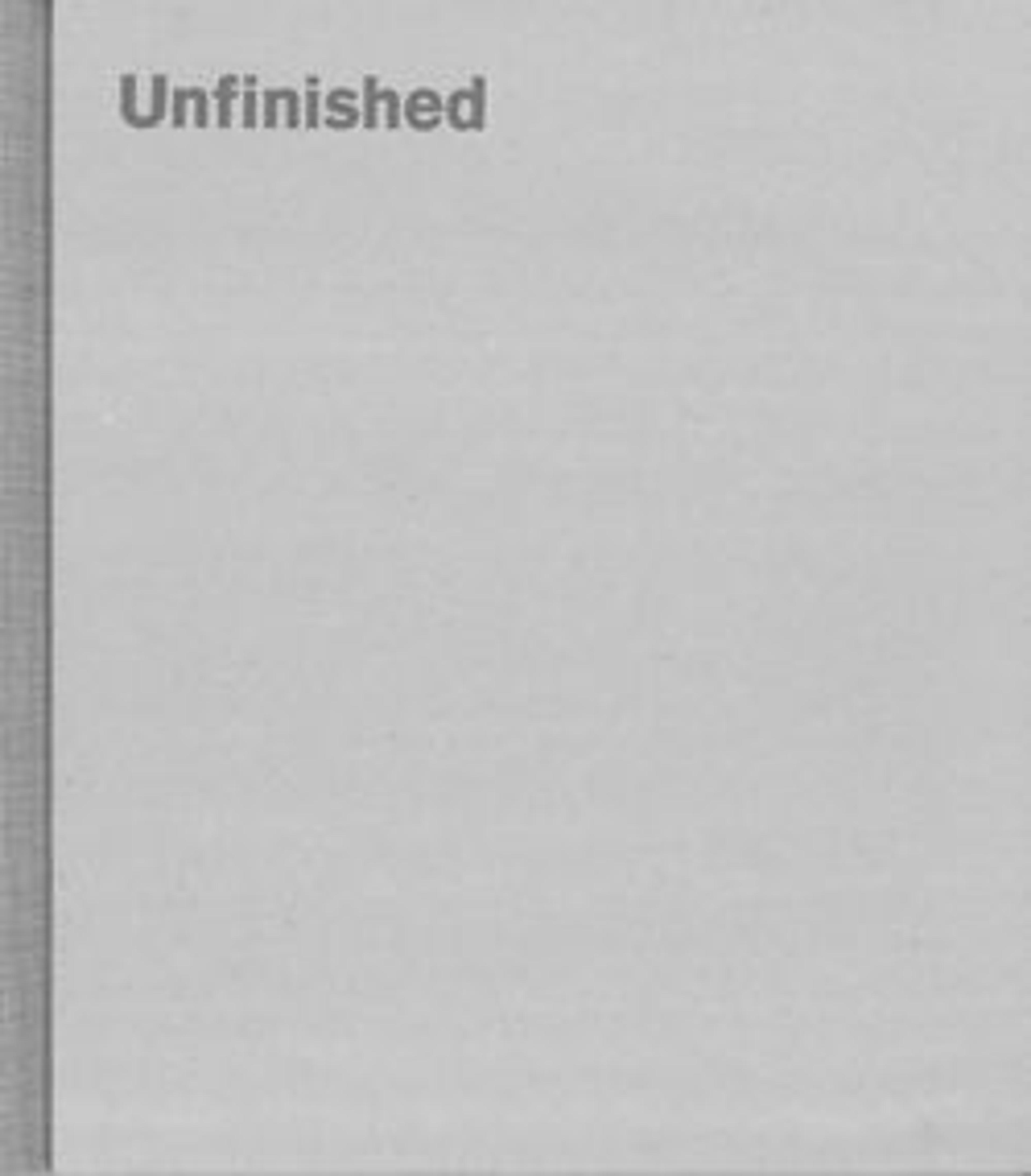View of the Domaine Saint-Joseph
Despite the many areas of canvas left bare, this is one of the few paintings Cézanne signed and thus regarded as "finished." It shows a view of the Jesuit estate of Saint-Joseph, situated on a hill, the Colline des Pauvres, on the road between Aix and the village of Le Tholonet, an area beloved by the artist since his youth. This picture was the first by Cézanne to enter an American museum: the Metropolitan acquired it from the historic Armory Show in 1913, for the highest price of any work in the exhibition.
Artwork Details
- Title: View of the Domaine Saint-Joseph
- Artist: Paul Cézanne (French, Aix-en-Provence 1839–1906 Aix-en-Provence)
- Date: late 1880s
- Medium: Oil on canvas
- Dimensions: 25 5/8 x 32 in. (65.1 x 81.3 cm)
- Classification: Paintings
- Credit Line: Catharine Lorillard Wolfe Collection, Wolfe Fund, 1913
- Object Number: 13.66
- Curatorial Department: European Paintings
More Artwork
Research Resources
The Met provides unparalleled resources for research and welcomes an international community of students and scholars. The Met's Open Access API is where creators and researchers can connect to the The Met collection. Open Access data and public domain images are available for unrestricted commercial and noncommercial use without permission or fee.
To request images under copyright and other restrictions, please use this Image Request form.
Feedback
We continue to research and examine historical and cultural context for objects in The Met collection. If you have comments or questions about this object record, please contact us using the form below. The Museum looks forward to receiving your comments.
